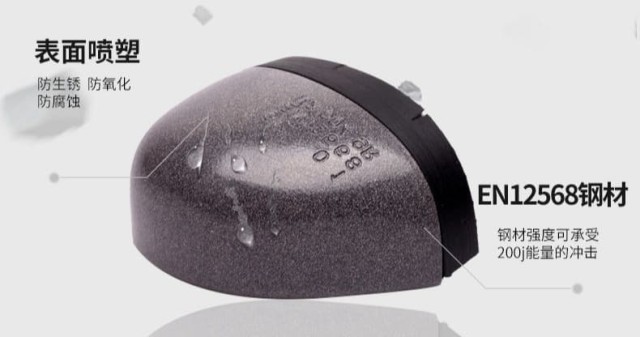For decades, workers in construction, manufacturing, and heavy industry faced a frustrating trade-off: bulky steel toe boots that protected their feet but caused fatigue, blisters, and restricted movement. Today, breakthroughs in materials science and ergonomic design have rewritten the rules. Modern safety footwear combines certified protection with agility-enhancing features—proving you don’t need to choose between safety and comfort.
Breaking the Bulky Boot Stereotype
The image of clunky, inflexible steel toe boots persists, but next-generation designs defy this stereotype. Here’s how:
Composite vs. Steel: A Weight and Durability Comparison
- Weight Reduction: Composite toe caps (made from materials like carbon fiber or reinforced polymers) can be 30–50% lighter than traditional steel, reducing leg strain during long shifts.
- Thermal Comfort: Unlike steel, composites don’t conduct extreme temperatures, keeping feet cooler in summer and warmer in winter.
- Metal Detector Friendly: Composite materials eliminate the hassle of triggering security screenings—a key advantage for airport or refinery workers.
Did you know? Alloy toe caps offer a middle ground—lighter than steel but more durable than pure composites, making them ideal for high-impact environments.
Real-World Mobility: Case Studies from High-Risk Industries
- Warehouse Workers: Lightweight composite boots improved productivity by reducing fatigue-related slowdowns during 10-hour shifts (based on anonymized ergonomic studies).
- Electricians: Non-metallic toes prevented accidental conductivity risks while allowing crouching and ladder climbing.
"Workers in polymer-toe boots reported 20% fewer mobility complaints compared to traditional steel toes," notes an industrial safety report.
Safety Standards and Innovations Beyond the Toe Cap
Meeting ASTM/ANSI certifications is just the start. Modern boots integrate protection throughout the design:
Alloys, Polymers, and Ergonomic Design Breakthroughs
- Multi-Density Midsoles: Absorb shock from concrete floors, reducing joint stress.
- Flex Zones: Reinforced but flexible materials around the ankle and ball of the foot enable natural movement.
- Puncture-Resistant Soles: Kevlar® or thermoplastic layers shield against nails or debris—without adding stiffness.
How Lightweight Boots Enhance Long-Term Workplace Safety
Heavy boots contribute to chronic musculoskeletal issues. Lighter designs:
- Reduce tripping risks by improving proprioception (awareness of foot placement).
- Minimize fatigue-linked errors, a leading cause of workplace accidents.
Consider this: A boot that’s 500g lighter per foot saves workers lifting ~1 ton less per mile walked—a game-changer for logistics teams.
Ready to Upgrade Your Safety Footwear?
3515 partners with distributors and brands to deliver certified, comfort-driven safety boots at scale. Whether you need composite toes for agility or alloy protection for heavy industry, our manufacturing expertise ensures footwear that workers want to wear. [Contact 3515] to discuss bulk solutions tailored to your workforce’s needs.
Key Takeaways:
- Next-gen materials cut weight while meeting ASTM F2413/EN ISO 20345 standards.
- Ergonomic designs address both immediate hazards and long-term wearer health.
- The right toe cap depends on your environment: composites for lightness, alloys for durability, steel for cost-sensitive high-impact roles.
Products You Might Be Looking For:
Explore lightweight composite toe work boots
View alloy toe safety boots for high-impact jobs
Browse ergonomic steel toe boots with flex zones
Check puncture-resistant safety boots with Kevlar® soles
See customizable durable work boots for long shifts
Related Products
- Wholesale Customizable Suede Safety Boots - Puncture-Proof with Velcro Closure
- Puncture-Resistant Velcro Safety Boots for Wholesale & Custom Manufacturing
- Customizable Anti-Smash Safety Boots for Wholesale & Private Label Manufacturing
- Wholesale Leather Safety Boots with Customizable Protective Toe
- Wholesale Durable Safety Boots Manufacturer Customizable Steel Toe Work Boots
Related Articles
- How to Choose Work Boots That Balance Safety, Comfort, and Durability for Your Job
- How to Choose Work Boot Materials for Maximum Safety and Durability
- How to Choose Work Boots That Match Your Industry's Safety Needs
- How to Choose Work Boots That Match Your Job Demands and Safety Needs
- Work Boots vs. Western Boots: How to Choose the Right Footwear for Labor Safety




















